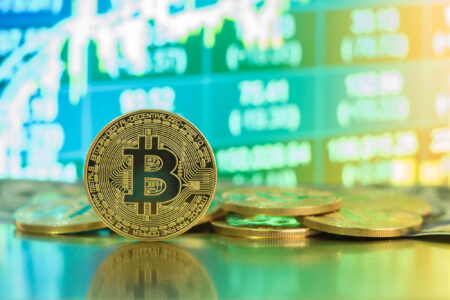A summarizing review of what has been happening at the crypto markets. A look at trending sectors, liquidity, volatility, spreads and more. The weekly report in cooperation with market data provider Kaiko.
Both Bitcoin (BTC) and Ether (ETH) closed the week down despite a rally in European equities amid rate cuts hopes. In other industry news, Robinhood disclosed it received a wells notice from the SEC, Revolut launched a crypto exchange for experienced traders in the UK and BitMEX launched options trading to challenge Deribit. This week we explore:
- Bitcoin miners feel the Halving
- Surging volumes in Brazil
- ETH options markets and ETFs
Lower Bitcoin block rewards pose a challenge
Daily average network fees spiked after the halving, offsetting some pain for Bitcoin miners. However, fees have since come down as the initial rush of users to the Runes protocol cooled off. The higher fees had alleviated some of the post-halving stress on Bitcoin miners, but they are beginning to feel the pressure of the slashed miner rewards. The halving has typically been a selling event for Bitcoin miners as the process of creating new blocks incurs significant costs, forcing miners to sell to cover costs.
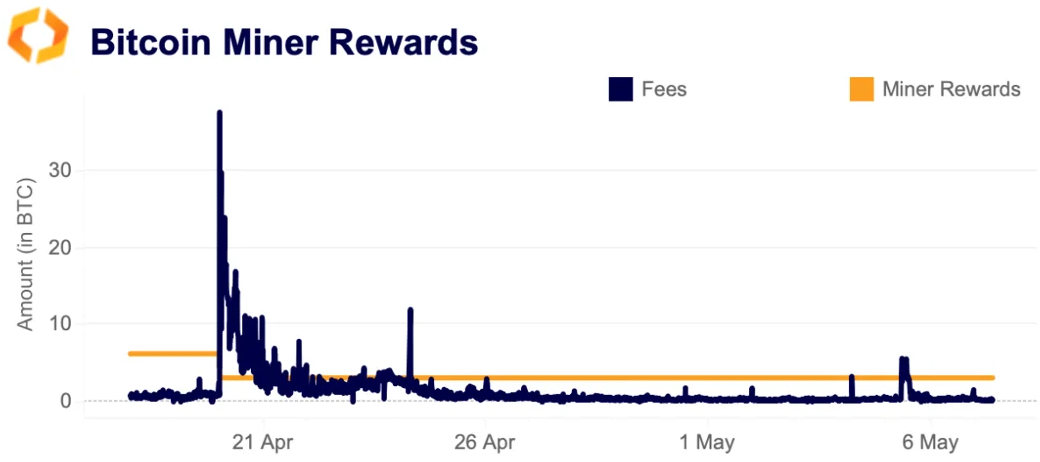
While the spike in average network fees had offset some of this need to sell —transaction fees accounted for 16% of BTC earned by Marathon Digital in April, up from 4.5% in March — the recent decline in fees could lead to selling pressure from miners.
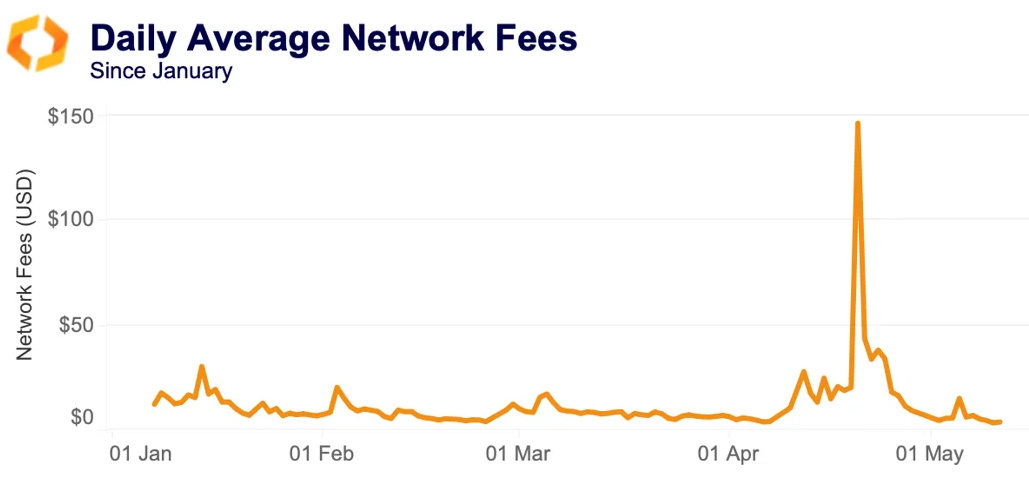
Bitcoin miners typically recognise BTC holdings as current assets in their balance sheet due to the ability to sell holdings in order to fund operating expenses. For instance, Marathon Digital holds 17,631 BTC worth just over $1.1 billion, while Riot Platforms hold another 8,872 BTC worth over $500 million. If miners were forced to sell even a fraction of their holdings over the coming month this would have a negative impact on markets.
Trading activity typically slows down and liquidity dries up over the summer months. While 2% market depth has recovered to $407 million as of May 8, it fell as low as $250 million last August.

Crypto trading surges in Brazil
The Brazilian crypto market has experienced significant growth this year, with weekly BRL trade volume increasing faster than USD trade volumes since late January. Despite the recent market correction, BRL trade volumes are still up 30% compared to last year.
In total, BRL-denominated crypto trading volume reached $6 billion from January to early May 2024, making it the largest LATAM market and placing it 7th among global fiat currencies. For context, the Mexican Peso (MXN) volume totalled $3.7 billion this year, while the Argentine Peso (ARS) was around $300 million.
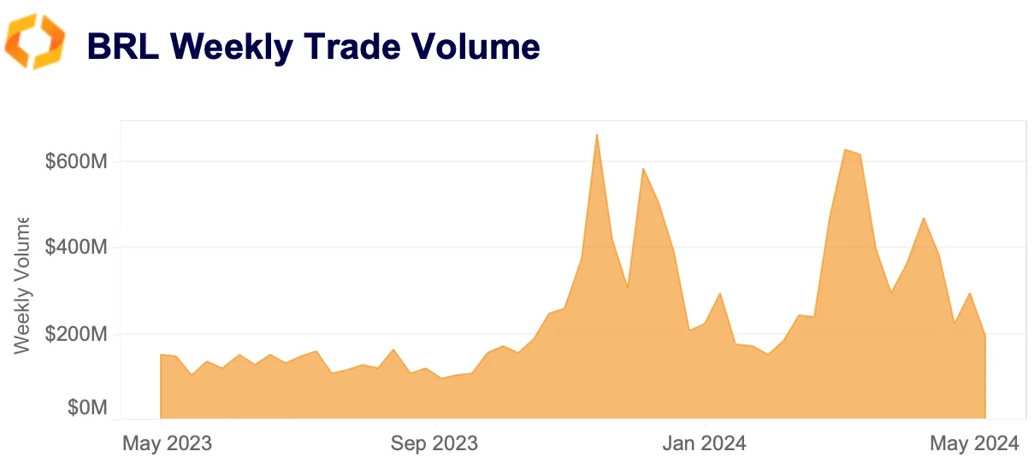
When looking at the breakdown by asset, Brazilians' preference for stablecoins surpasses that for altcoins and Bitcoin. Nearly half of BRL-denominated trades involved stablecoins. USDT's share of BRL volume has surged by nearly 20% since the 2021 bull market, taking market share from altcoins.

BTC and ETH accounted for a combined 43% of BRL trade volumes. For context, they make up more than 70% of USD-denominated volumes. While Binance is currently the largest BRL market with a market share of 79%, its dominance has been declining.
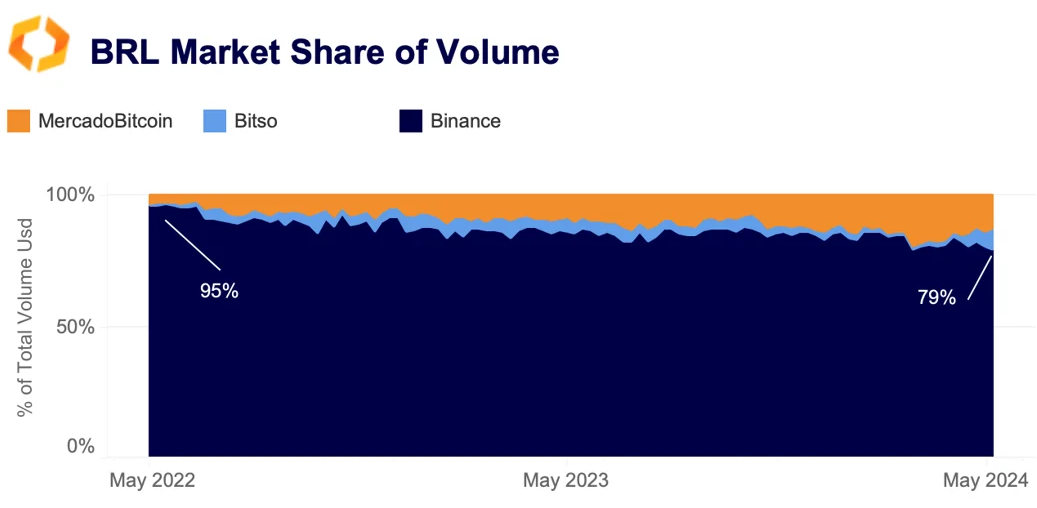
The largest Brazilian exchange Mercado Bitcoin and Mexican-based Bitso have seen their combined market share rise to 21% in early May - the highest level in more than three years.
ETH options signal volatility ahead of ETF deadline
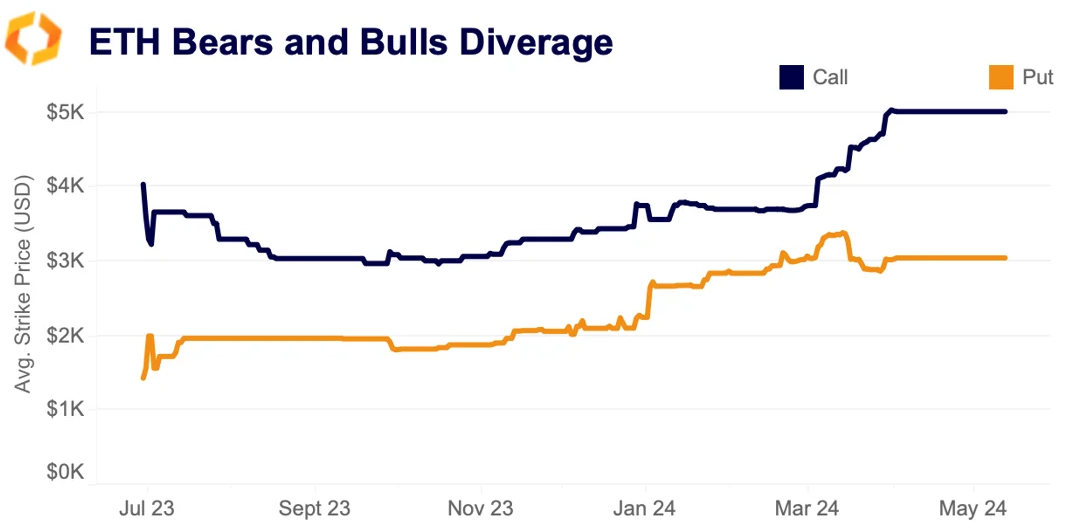
The average strike price for puts and calls on ETH options has been diverging since March. Puts give the option holder the right to sell the underlying asset at a predetermined price, these option holders benefit from downward price moves in the asset. Alternatively call holders benefit from upward price moves as these contracts give them the right, but not the obligation, to buy the underlying asset as a set price.
As the average strike price for calls rises this suggests options traders have tilted bullish. In other words, they are anticipating on ETH's price to increase in the coming months and are willing to buy options at higher strike prices to benefit from this increase. With the US Securities and Exchange Commission expected to approve or deny spot Ether ETFs by May 23, the divergence between bulls and bears in ETH options markets could be a sign of impending volatility.
The regulator is widely expected to deny applications from issuers such as BlackRock and ARK Invest, however, were they to approve these applications it could cause a significant surprise to the upside — at least thats what options traders seem to be betting on.
OSL volume remains muted post ETF launch
Crypto ETF launches aren't what they used to be. The arrival of Bitcoin and Ether ETFs in Hong Kong at the end of April has, so far, failed to stimulate markets. For instance, OSL — one of just two virtual asset trading partners for the Hong Kong ETFs — has seen a fraction of the trade volume it experienced post US Bitcoin ETF launch.
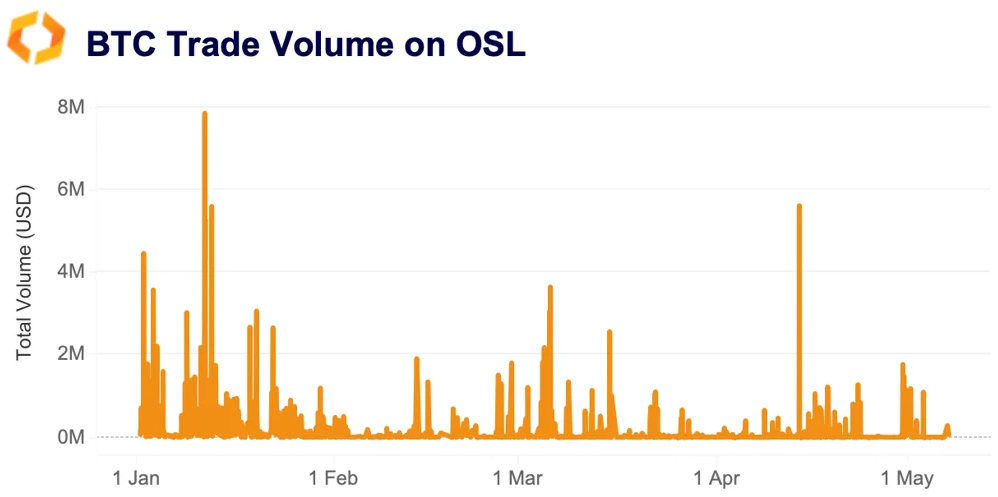
Bitcoin trade volume on OSL spiked to over $1.7 million on April 30, but has since fallen, according to Kaiko data. The launch of spot Bitcoin ETFs in the US in January had a far greater impact on OSL's volumes, which spiked to around $8 million. The lacklustre impact of the Hong Kong crypto ETFs is likely another sign that the ETF rally has run out of steam — for now.
BTC correlation with US equities is rising
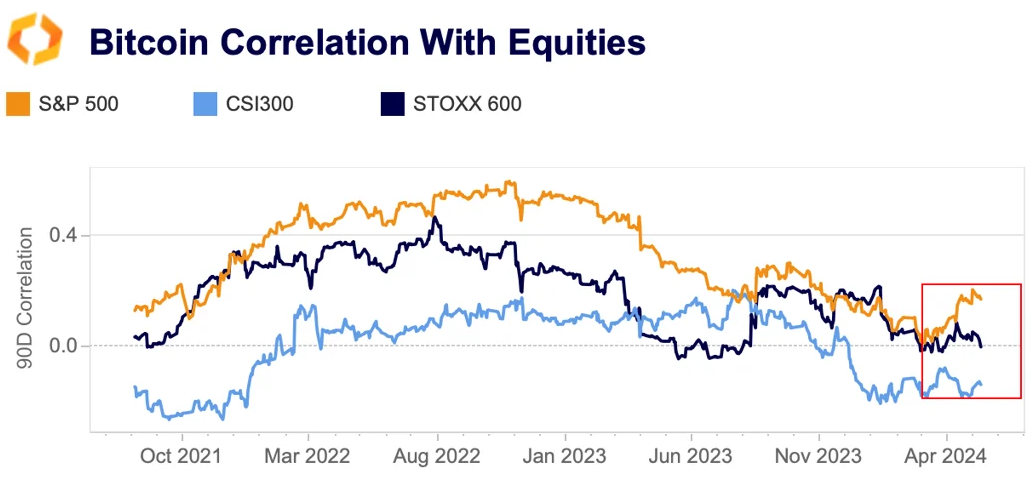
Bitcoin's 90-day correlation with US equities rose to 0.17 last week, after reaching a multi-year low of just 0.01 in March. Over the past few weeks, risk sentiment has deteriorated amid increasing macroeconomic headwinds and geopolitical tensions, resulting in a broad selloff of risk assets in early April. However, Bitcoin's price action continues to be heavily influenced by idiosyncratic factors such as spot ETF flows. Overall, Bitcoin's correlation with risk assets remains well below its bull market highs of over 0.6.
Interestingly, the correlation between Bitcoin and the European equities index, STOXX 600, which tracks the 600 largest companies across European regions, has remained mostly flat this year at around zero. Meanwhile, the correlation between Bitcoin and Chinese equity markets, represented by the CSI 300 index, has been negative in 2024, standing at -0.14.






